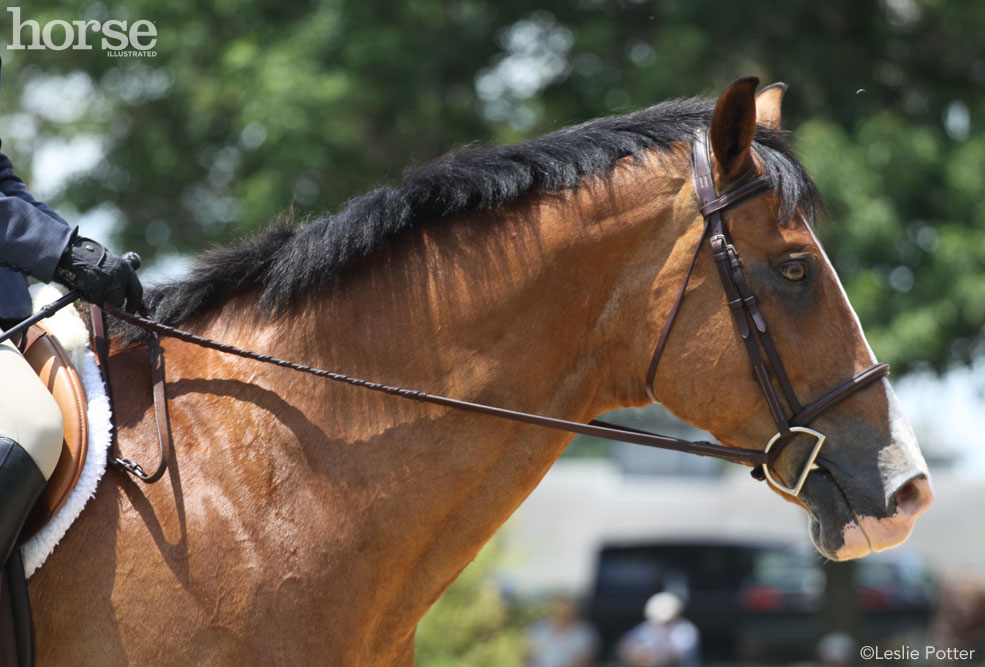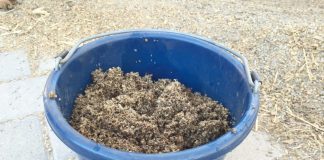
A: Let’s begin with some basic equine dental anatomy. Horses have six incisors on the top and six incisors on the bottom. That may seem obvious but did you know that cattle only have incisors on the bottom? And that they have eight incisors? The purpose of incisors: to bite off long-stem forage.

The next set of teeth–found more often in males than females–are the canines or tusks. Horses can have a full set of four (two on the top and two on the bottom,) or just sometimes just two, or sometimes none at all. These are sometimes referred to as the “fighting teeth.”
Between the front teeth and the back teeth, or “cheek teeth,” lies the interdental space, so named because there are no teeth in this area making it a convenient place to place the bit. Cheek teeth are actually made up of premolars and molars, and horses have 12 of each of these (3 premolars then 3 molars on the top right, 3 premolars then 3 molars on the bottom right, and the same on the left side). The purpose of the cheek teeth is to grind and crush food.
What about the wolf teeth then? These are considered vestigial premolars. The word “vestigial” means a structure which has lost its function but has been retained through evolution. If present, these much smaller teeth are located just in front of the first premolar. Some horses don’t have any wolf teeth, some have 1 or 2 on the top, and some even have them on the bottom. Even when they are present in a horse, it’s possible that they haven’t erupted through the gum tissue at all or have only come through part way.
Because wolf teeth are completely unnecessary to the horse – and because they may get in the way of a bit or dental instruments or be a cause of pain—many veterinarians recommend they be removed BEFORE they cause a problem, so BEFORE a horse begins training. However, this is a conversation that owners need to have with their vet about each and every horse because each and every horse and horse mouth is different, meaning the time, cost, and potential risks or problems are different. For example, a yearling colt that is being castrated and has two, small, erupted wolf teeth is a much different scenario than a 10 year old gelding that has been exhibiting performance issues and found to have one non-erupted but large wolf tooth.





